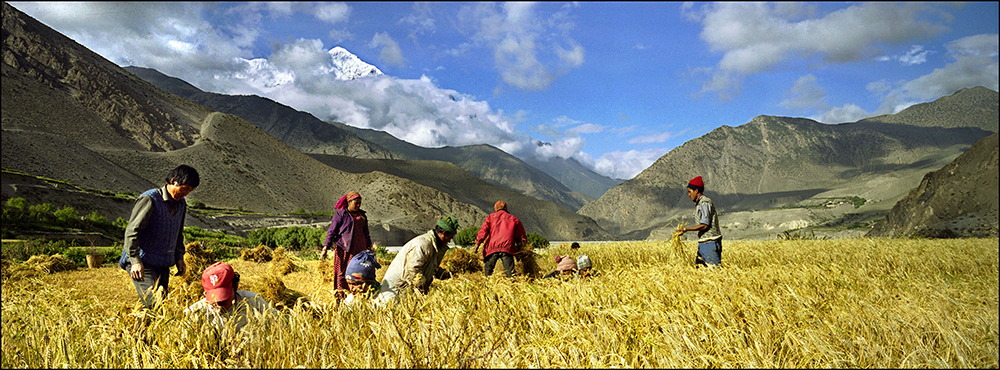Welcome to the SDC Gender Equality Network
Page Content

Like in the picture, women and men live together, talk to each other, care for one another, and build common livelihoods. Still, women and men are often expected to have different roles and responsibilities in society, and the relations between women and men, girls and boys, are marked by inequality. Women are more likely to be excluded from decision-making than men – from the household up to the highest levels of government – and they have less access to and control over economic resources such as credit, land and income. Discrimination also hits girls harder than boys – for example, girls are more likely than boys to be withdrawn from school because of the greater value attached to boys' education in many societies. Poverty continues to have a distinct gender dimension: More than 70% of the poor people are women. Gender inequality is thus one of the greatest obstacles to sustainable development and poverty reduction.
It is for this reason that SDC has made a strong commitment to promote gender equality and to empower women to ensure that women and men have the same right to develop their potential and use their resources in a meaningful way. To reach these goals, SDC adapts a gender mainstreaming approach combining the transversal integration of gender equality aspects with targeted gender-specific programs and institutional measures to build knowledge and capacities within SDC.
SDC staff and partners have gained valuable experience in using these instruments. This knowledge ought to be shared and new capacities strengthened. The reason for creating this platform is therefore to share knowledge, develop common visions, debate/discuss issues, bring together theoretical knowledge and field realities - all this, in order to be more effective in moving towards a just and equal world.
Contact
SDC Gender Focal Point: Ursula Keller
Interdisciplinary Centre for Gender Studies: Flurina Derungs (Shareweb Moderator)
